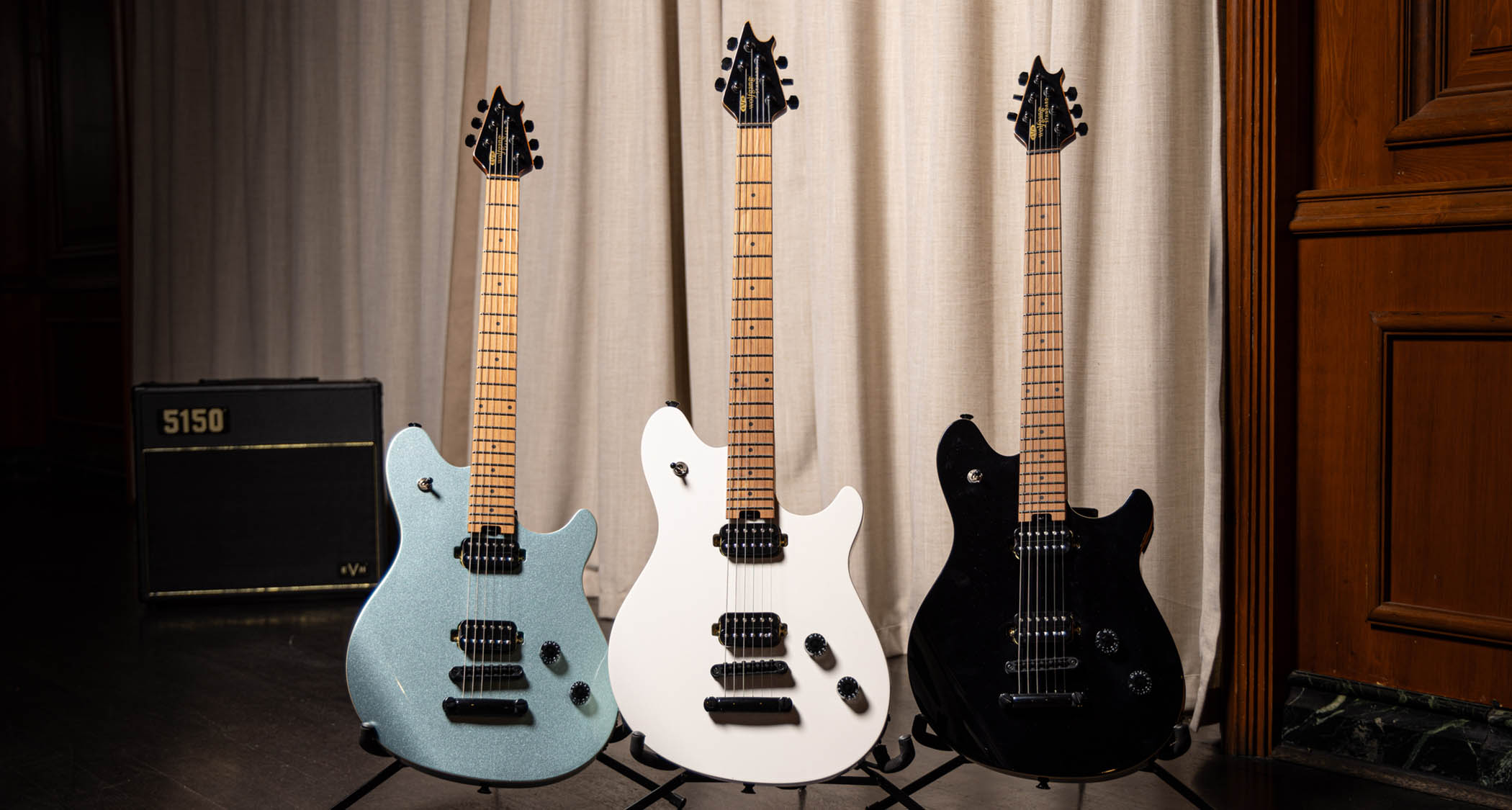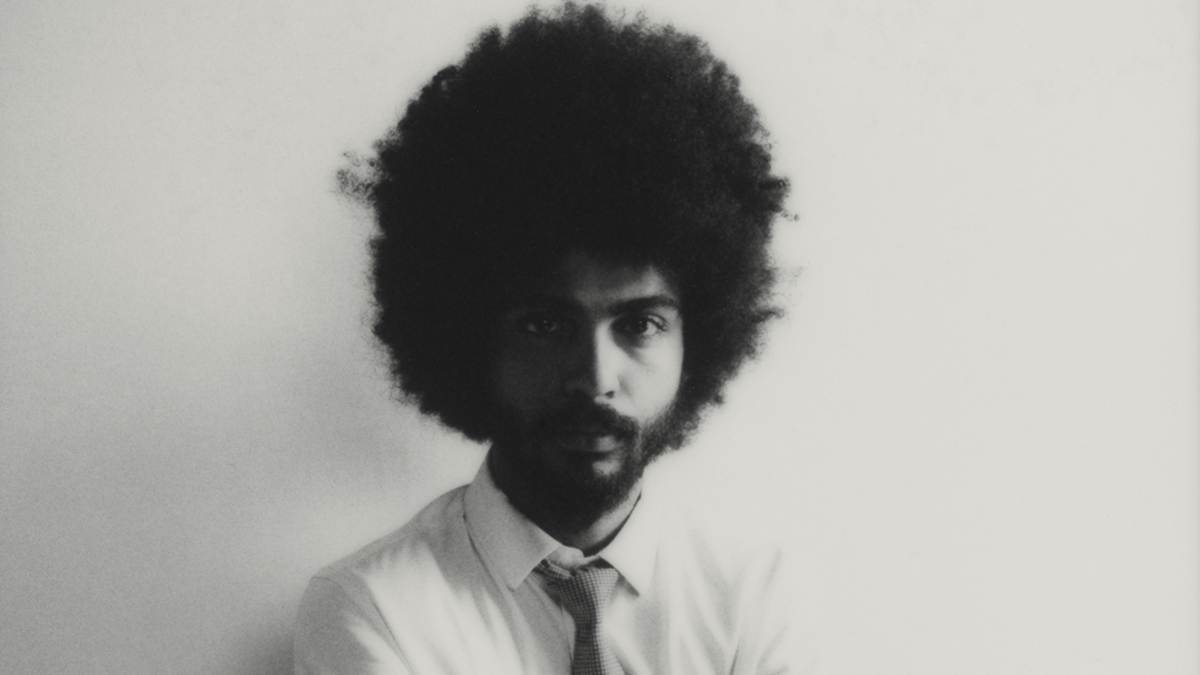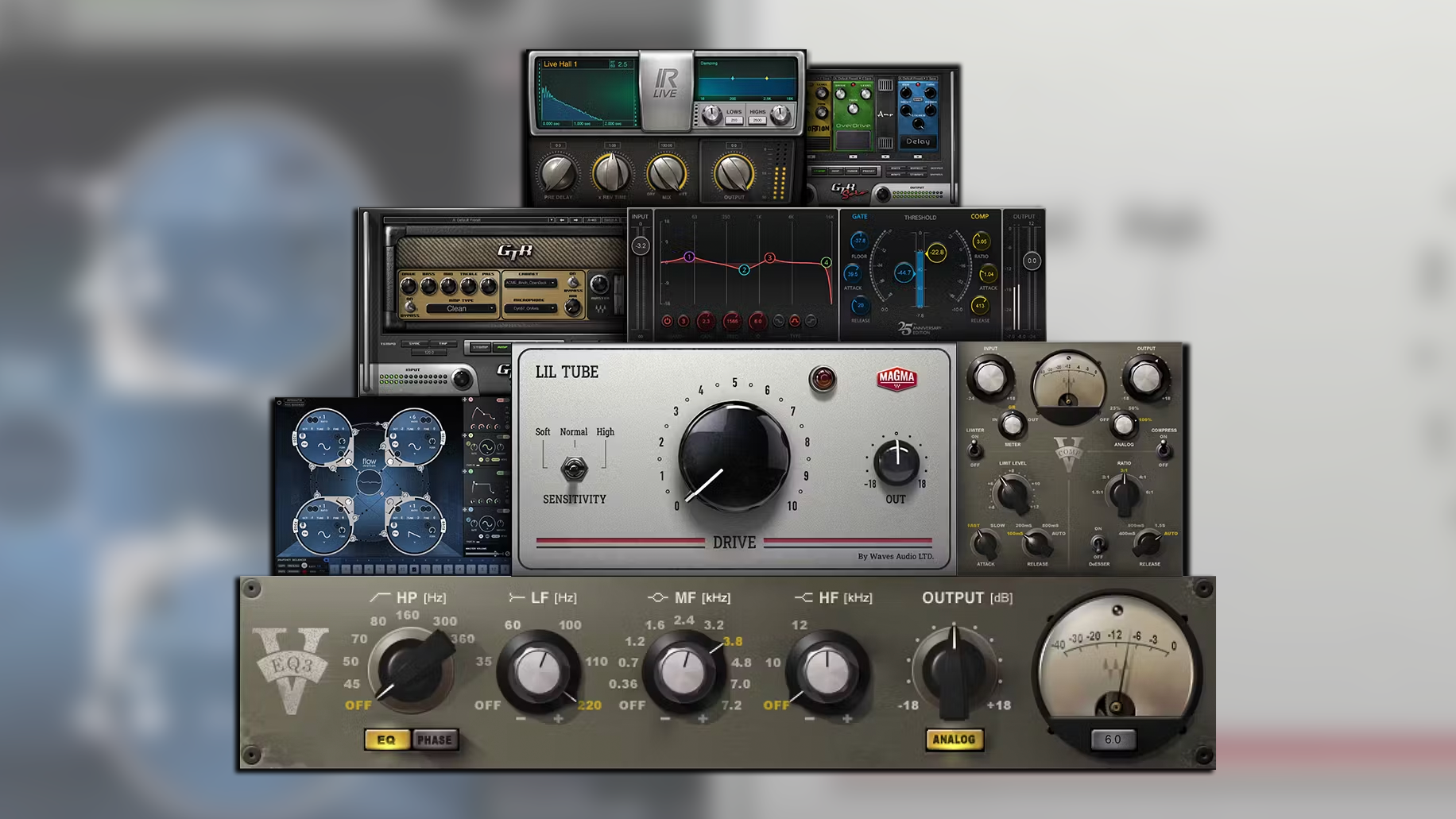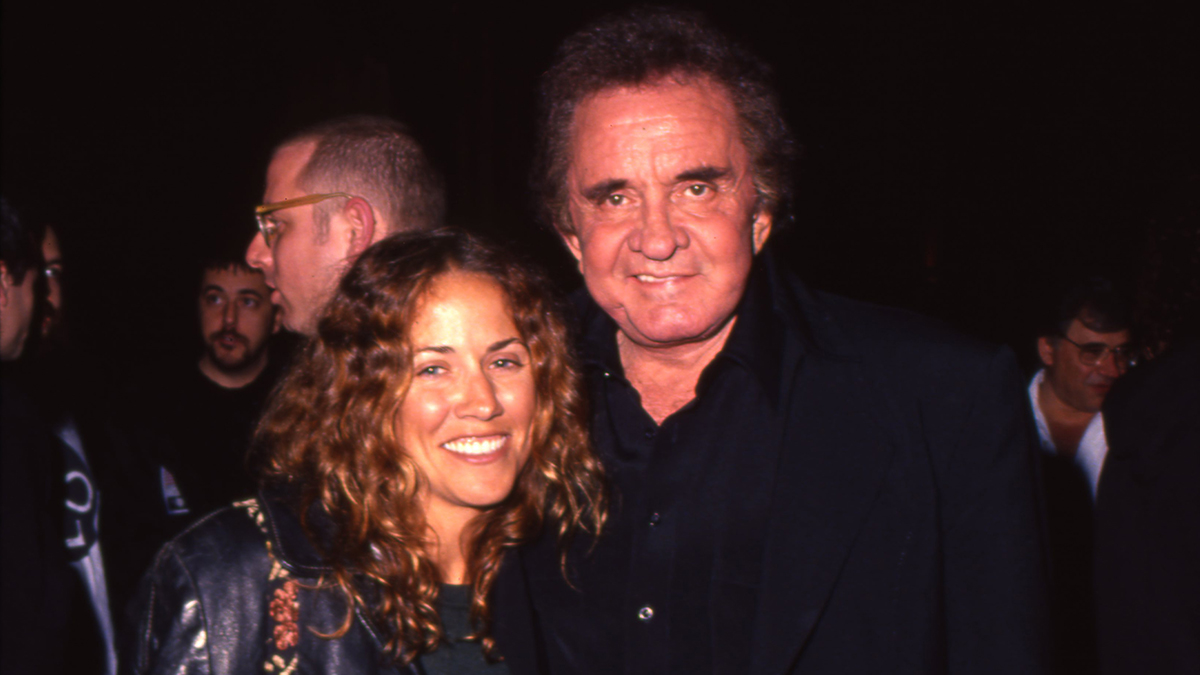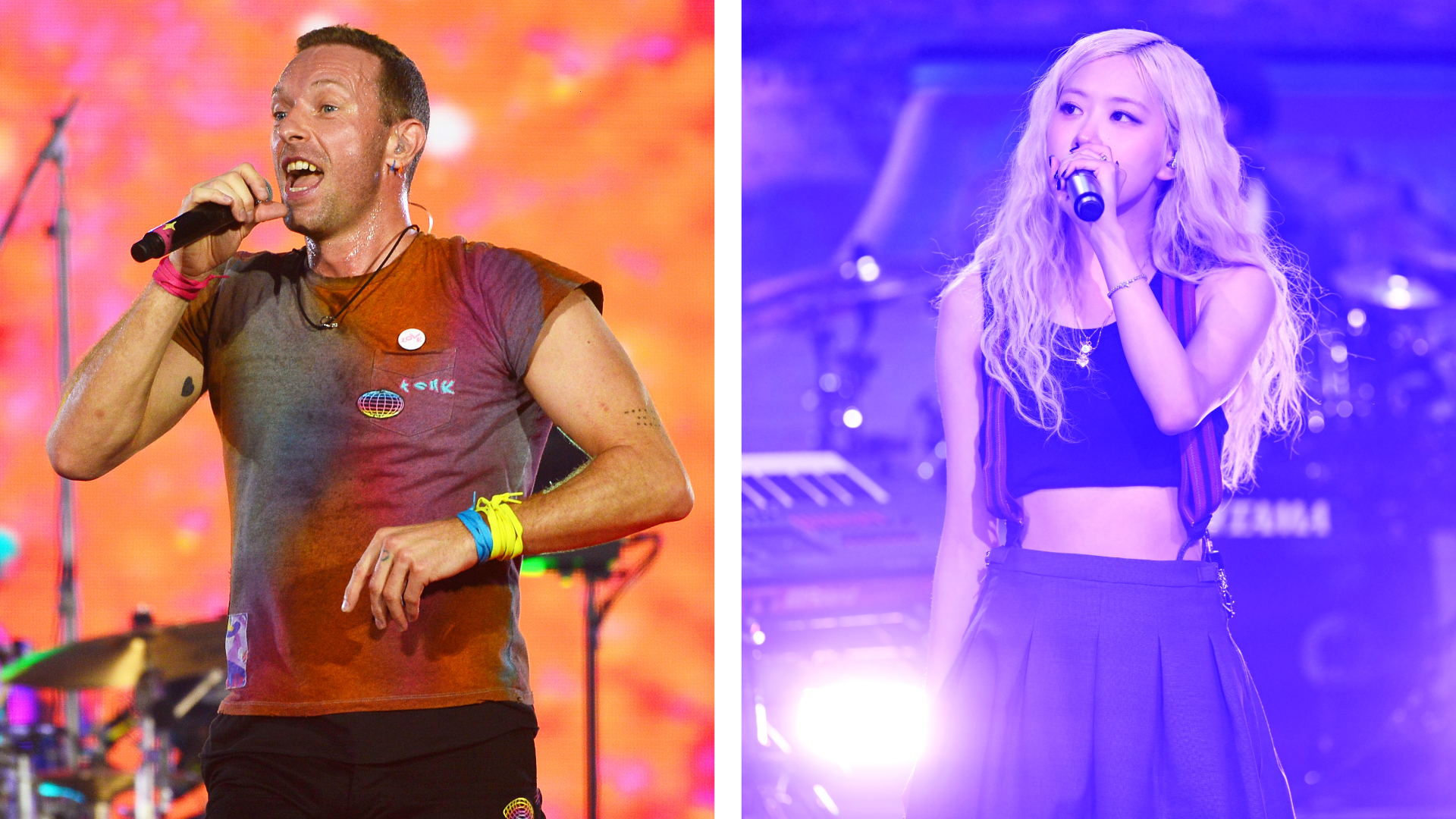Mella Dee: "That's the type of music I want to make: deep, dark and heavy - nothing glamorous, just raw and industrial"
The Doncaster-born, London-based producer talks us through the synths and studio techniques behind his latest EP under new alias RYAN
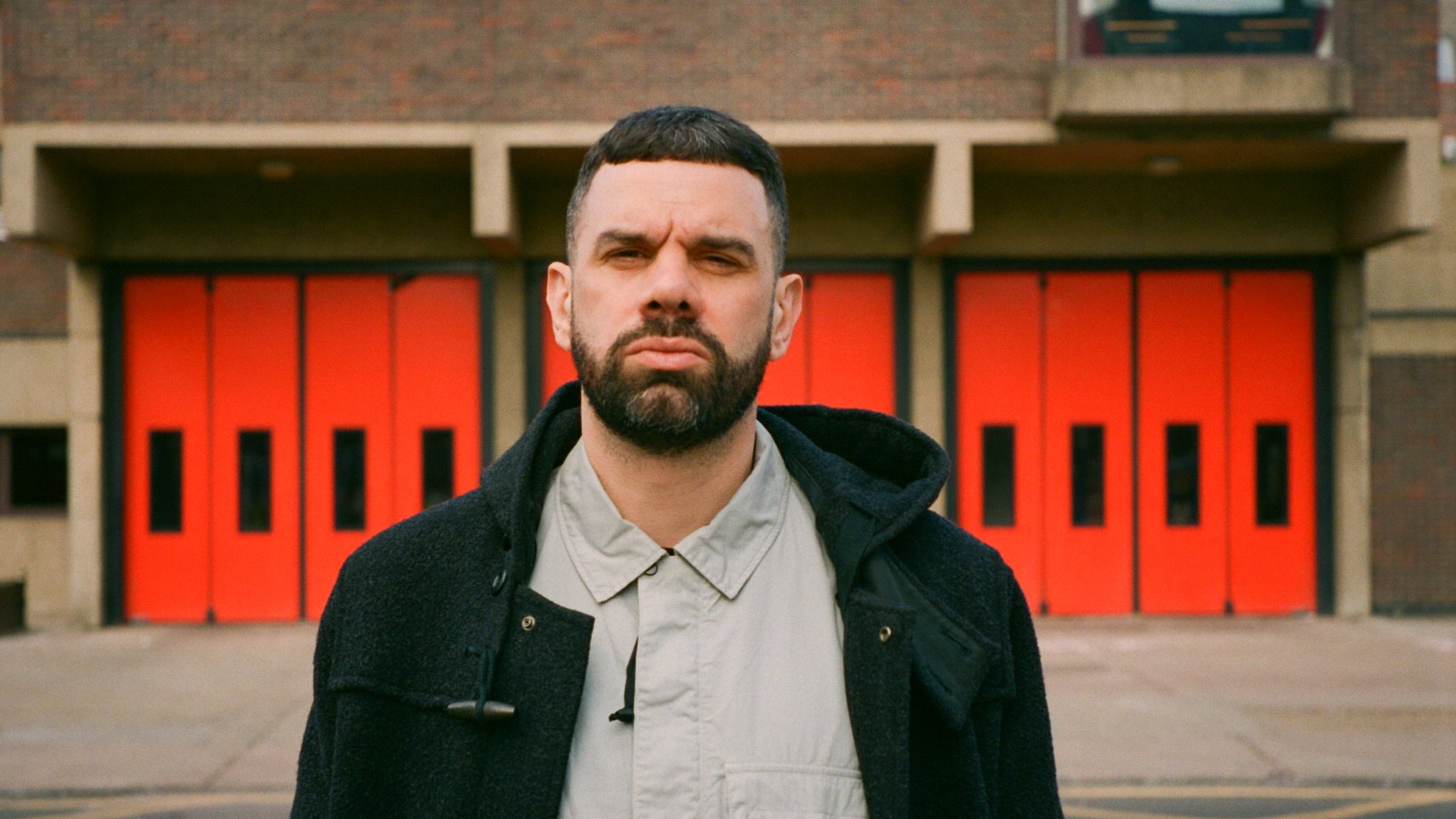
Ryan Aitchison is something of a rave chameleon: the Doncaster-born, London-based producer and DJ better known as Mella Dee has explored almost every corner of the dancefloor in the decade-plus he’s been in the game.
Kicking off his career warping dubstep and grime into daring new forms while cooking up UKG as one half of Mista Men, he’s now settled into an acid-tinged style that deftly folds disparate elements – anything from sped-up disco samples to bitcrushed breakbeats – into a muscular techno framework.
Much of Aitchison’s music comes out on his own label, Warehouse Music, set up in 2017 as a nod to formative years spent raving in his Yorkshire stomping grounds. For his latest project, though, he’s absconded to Saorise’s trUst Recordings and adopted a new alias: RYAN.
The Connected Experiences EP is made up of four gritty, wigged-out analogue belters that showcase an experimental side to Aitchison’s expansive musical vision; for our money, these are some of the best tunes he’s ever put down on wax.
We caught up with Aitchison to hear more about the making of Connected Experiences and he was kind enough to leave us with three production tips.
When did you start making music, and how did you first get started?
“It’s the classic story of playing eJay and Music2000, but in reality I got a pair of cheap turntables as a Christmas present when i was about 17 or 18 and learnt how to DJ. Then my friends gradually started learning and the ones who were a bit more computer-savvy and had time on their hands downloaded a copy of Reason, so I started to sit with them and work on music.
Get the MusicRadar Newsletter
Want all the hottest music and gear news, reviews, deals, features and more, direct to your inbox? Sign up here.
“It was very loose but I was going to some of the early dubstep raves around then in 2005 or 2006, parties in Leeds like DMZ and Exodus at the West Indian centre, and then bassline was happening in a big way around South Yorkshire, so that was also an influence. The big common thread was the bass and the low end.”
Tell us about your current studio/set-up.
“It's a small space that i've just moved into after a couple years of being in a bigger space in Shoreditch, I wanted to be more compact, save a bit of money and have a space that just feels more like somewhere I just go in and work in a very productive manner, not somewhere to get comfortable. It's part of the FOLD nightclub in Canning Town on an industrial estate and it feels perfect. It feels like the right place for the type of music I want to make: deep, dark and heavy, nothing glamorous, just raw and industrial.
It's more about my mindset than equipment when it comes to productivity, I just need to get started, commit and keep it moving
“It's been a productive couple of months. I use a lot of hardware and a few plugins that I've had for years, largely FabFilter stuff, I've never felt the need to have hundreds of different plugins as it would start to get in the way. Right now I'm happy in general with it, it's more about my mindset than equipment when it comes to productivity, I just need to get started, commit and keep it moving rather than overthinking anything.”
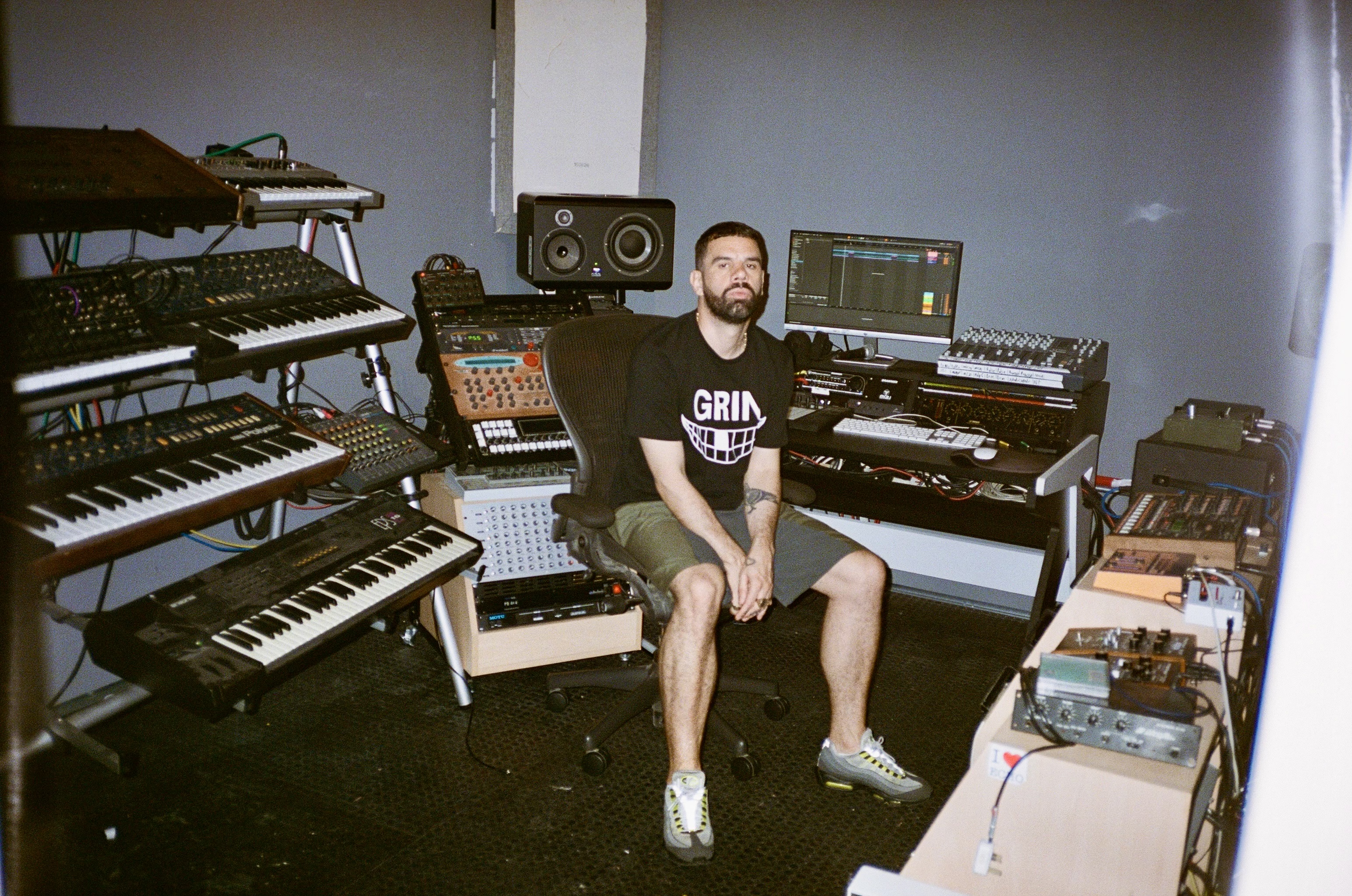
What DAW (or DAWs) do you use, and why did you choose it?
“Ableton. I started out on Reason then was introduced to Ableton and I've just been using it so long now it's become my go-to, the editing of audio is so easy in it. I think the mixing side of it could be improved but overall it does the job and largely I use it very much as a tape recorder, just recording sound then starting work from there.”
What one piece of gear in your studio could you not do without, and why?
“I'm not that precious about anything. I love a lot of what I have, but I go in phases of what I use and how I use it. At the moment I'm using my Waldorf Pulse a lot, and then processing largely with my FabFilter plugins, but then one day I'll be completely obsessed with another piece of equipment. In reality it's my computer and Ableton that I need more than anything and just work with what I've got from there.”
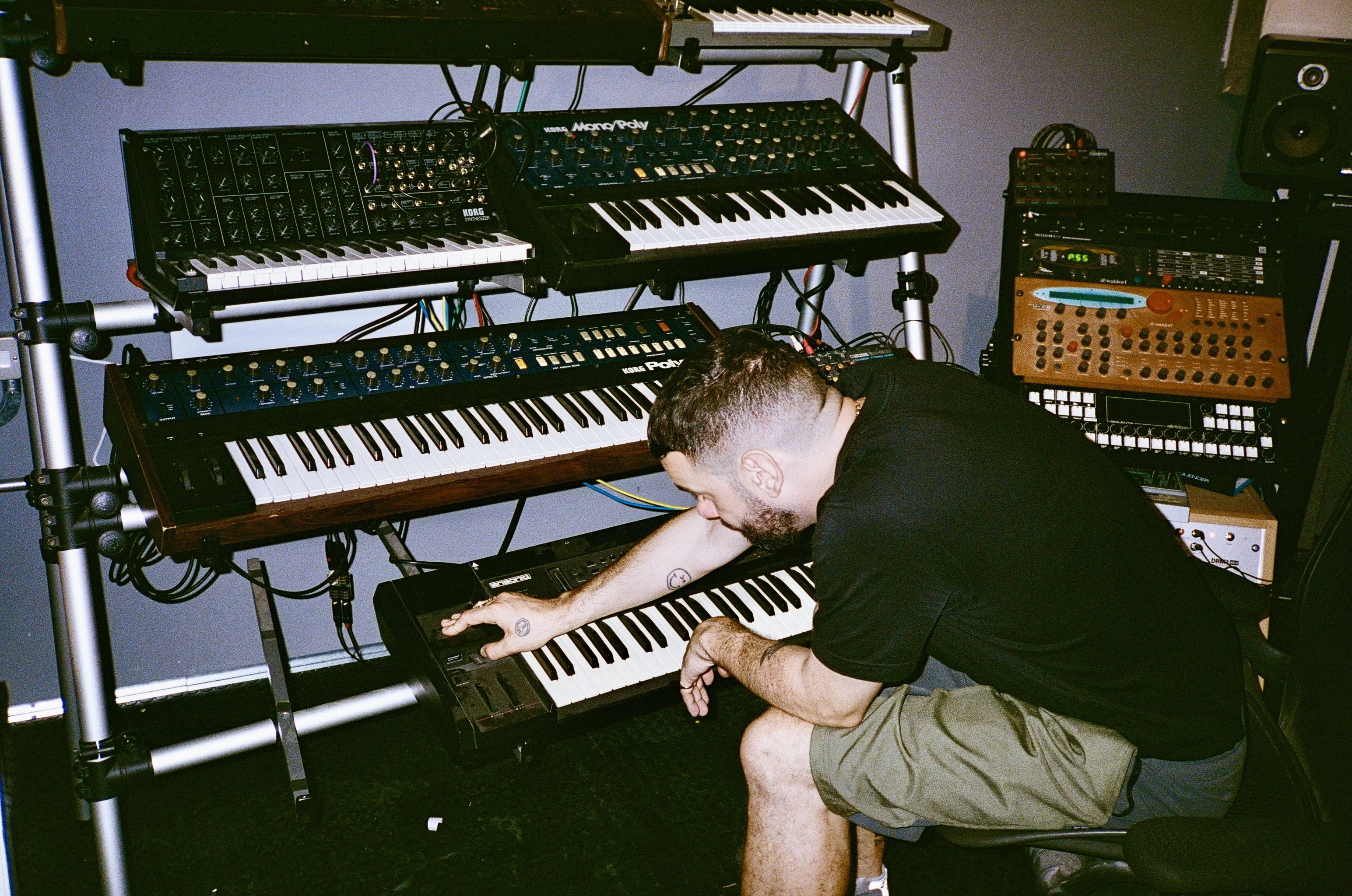
What's the latest addition to your studio?
“I think the latest addition was a spring reverb, it's something I've always wanted. I'm a big fan of dub and production techniques of people like King Tubby, Scientist, Lee 'Scratch' Perry, so I felt like owning a real spring reverb was essential, it’s just a nice character to have and it's great for big splashy moments on snares!”
What dream bit of gear would you love to have in your studio?
“Even though I do buy plenty of equipment it's not something I'm too focused on in terms of obsessing over a piece of gear, so it's hard to really pinpoint in that sense. I've already got so many pieces, I'm more just interested in getting on with the work than thinking about what the dream piece is. When I am hunting I'm looking for strange pieces and bargains in general.
“If I was going to have anything I guess a really nice console, like a ZAHL desk to mix on would be the one: something to make the end result really shine.”
When approaching a new track or project, where do you start?
“It depends, but it's normally built around a sound I like or getting some sort of groove going, not necessarily straight up drums but maybe just a few bleeps and blips that I can form an idea around. Then I just start to fit things around that, build everything up then start to break it back down through the arrangement. I'll often get rid of things I've recorded as I think space is important in music.”
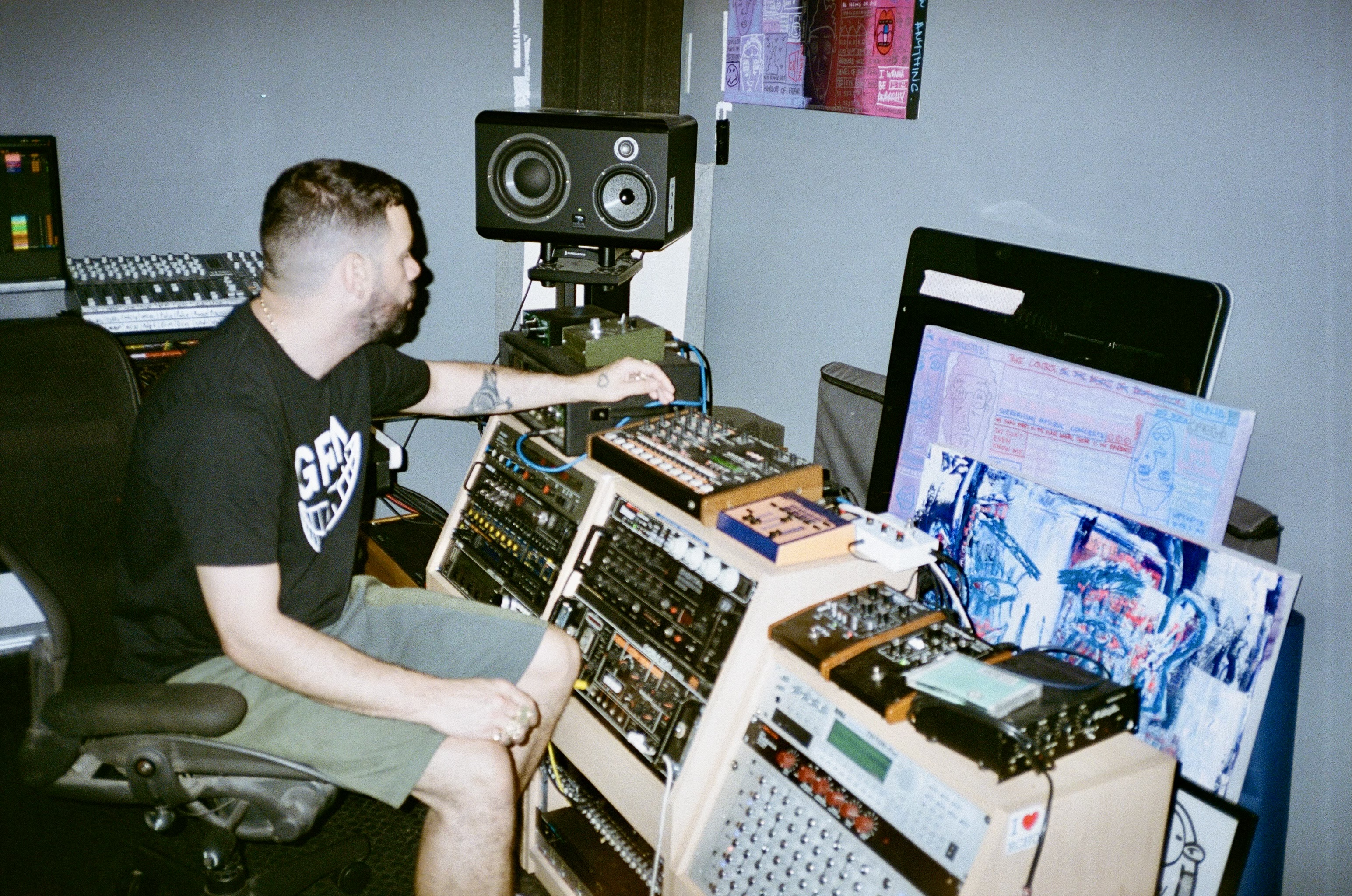
We love the lead synth line on Static Movement. Could you talk us through how you produced it?
“I wish I could remember! I have a feeling it's from my Waldorf Wave but I'm not certain. I'm pretty sure it sounds like I programmed it through my Cirklon, which I haven't been using so much recently, but hearing stuff like that lead synth makes me think I should.
“I probably just got a pattern and set it to record and did a jam, it might even be multiple takes layered up to add that extra movement. It's a fun way to create that type of stuff - it's just these little micro-movements that keep it all interesting and exciting to listen to.”
The bassline on Niche is another standout moment. Could you talk us through how you got that synth sound?
“Again, I haven't got a clear idea as I'm not organised enough to remember - I just create in the moment and try to keep it moving. There's a part of me that thinks it’s from my TX81z, perfect for simple FM basses which I love. Super solid and great for bouncy energy.
“I think it also went through my Maplin Echorder, a cheap delay I picked up for £30. I just patched it directly and recorded how it sounds. I don't even have the bass by itself, I just have the delayed version. I try to just capture the energy at the time and not worry too much. I feel like it was probably another Cirklon-sequenced thing as I was really using the Cirklon a lot at the time I wrote these tracks.”
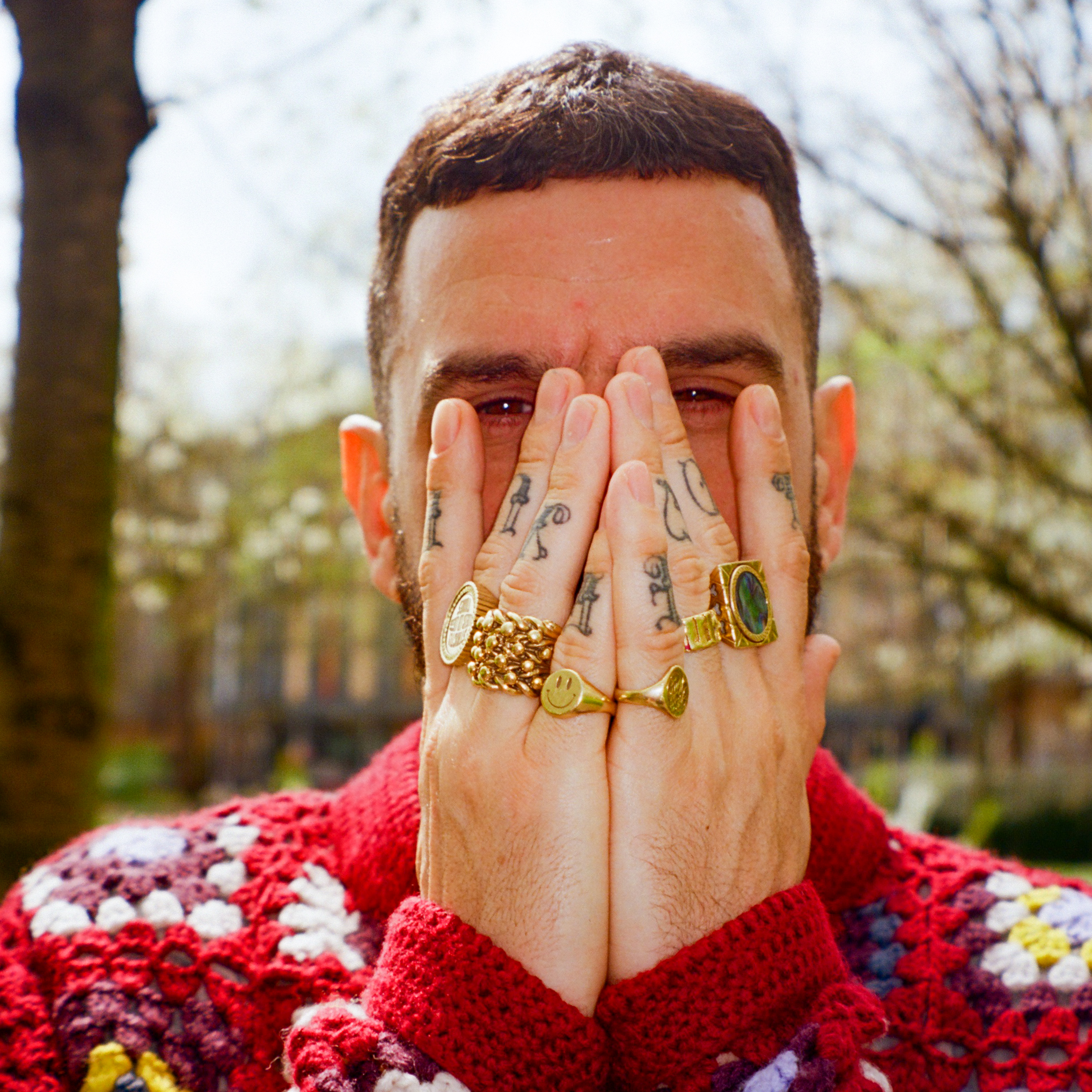
If you had to pick one song/album that’s been most influential on your work, what would it be?
“I wouldn't say there is one that I could pick out. I'm inspired by all sorts, King Tubby, Mala, Martin Hannett... it's more about producers and DJs than it is specific records for me.”
What are you currently working on?
“Lots of EPs coming out, one for Ste Roberts Private Parts label which I'm excited by, a couple being scheduled for my label Warehouse Music and then I'm starting a new label Nothing Stays The Same, to showcase the more leftfield leaning side of my sound, which I'm really excited by!”
Mella Dee's three production tips
1. Resample yourself
“Record in, process then resample and repeat the process. You can end up somewhere entirely different to where you started out using different forms of processing. I do this a lot to find different rhythms and movements in my music, chopping and moving parts around that I've recorded in. Process to destroy sound and make it as engaging and interesting as possible.”
2. Commit early
“I think it's important to make a decision and move forward with it. Build up your general idea and keep pushing on, then you can take the time later to break it down and find the space. I'm a believer in complex simplicity, stripping things back from what was a much more cluttered idea originally, bringing elements in and out in a way where they have a conversation with each other to allow the momentum and dynamics of the music to keep evolving. Even just small changes can make all the difference.”
3. Leave space
“I'm a big believer in the dub techniques of mixing and recording. Don't have every element fighting for its place, let it breathe. This gives you more room in the mix and more room for the rhythm, which is important in the music I make. It's very much dancefloor-focused and a solid groove needs space for the bassline and drums to play against each other and not fight for the same space.”

I'm MusicRadar's Tech Editor, working across everything from product news and gear-focused features to artist interviews and tech tutorials. I love electronic music and I'm perpetually fascinated by the tools we use to make it. When I'm not behind my laptop keyboard, you'll probably find me behind a MIDI keyboard, carefully crafting the beginnings of another project that I'll ultimately abandon to the creative graveyard that is my overstuffed hard drive.
“A fabulous trip through all eight songs by 24 wonderful artists and remixers... way beyond anything I could have hoped for”: Robert Smith announces new Cure remix album
“I have an original 909 – every time I try to use it I feel like I’m ruining it”: House hero Riva Starr on his studio essentials and his love of analogue synths
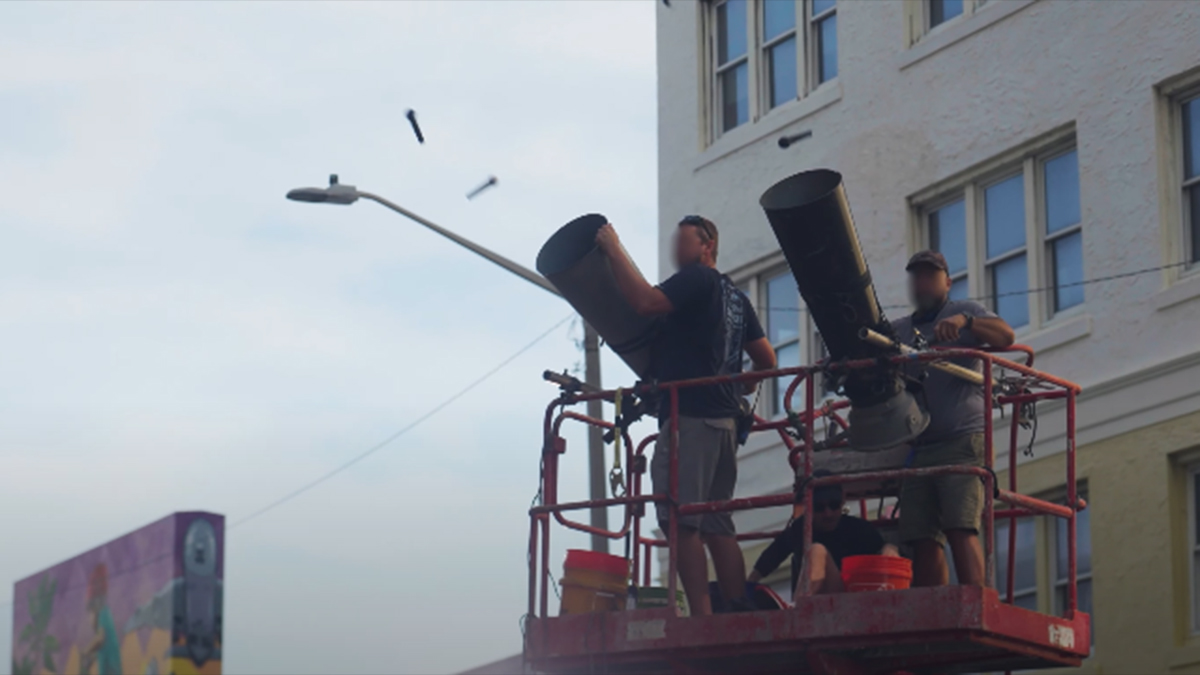
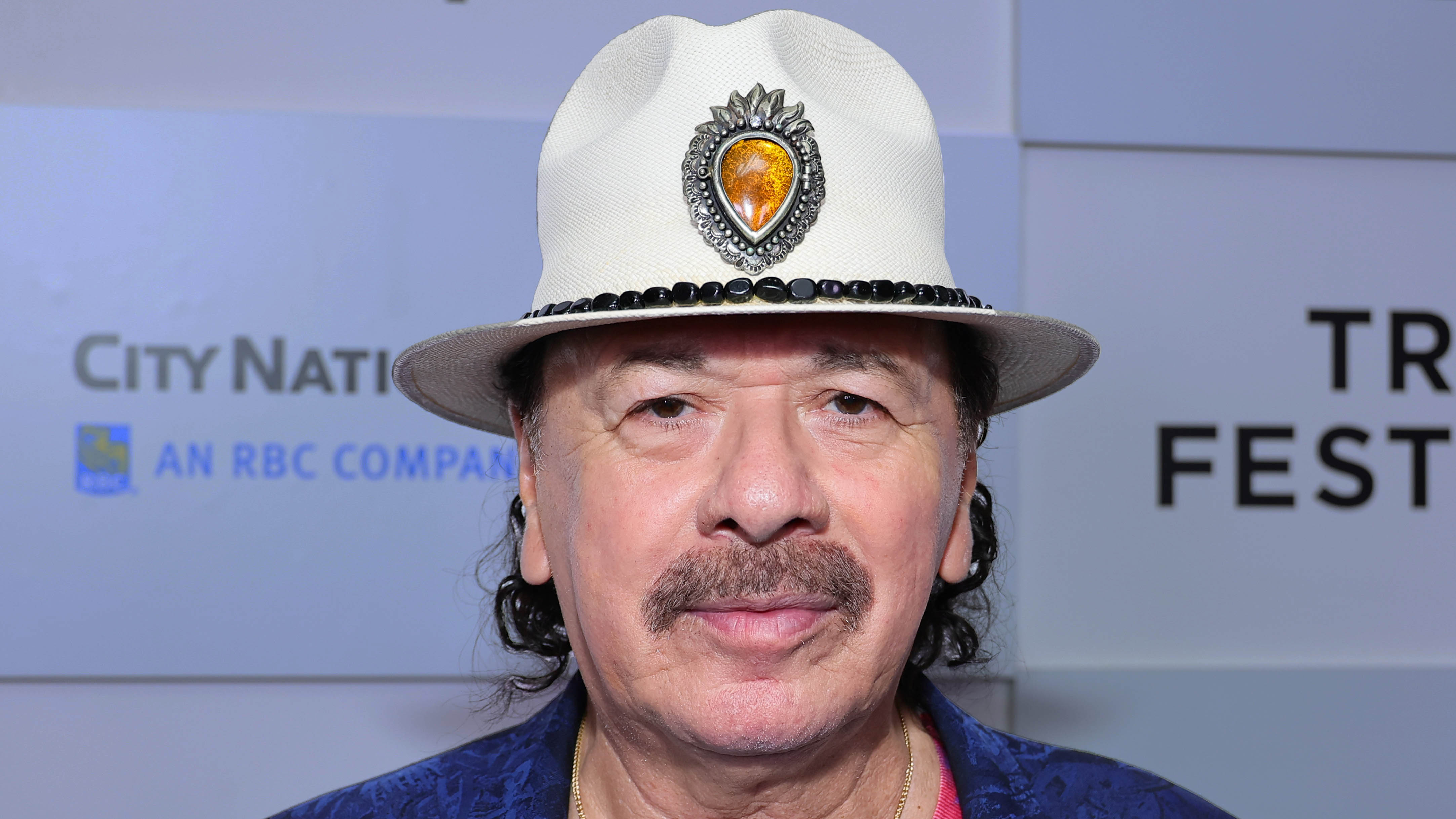
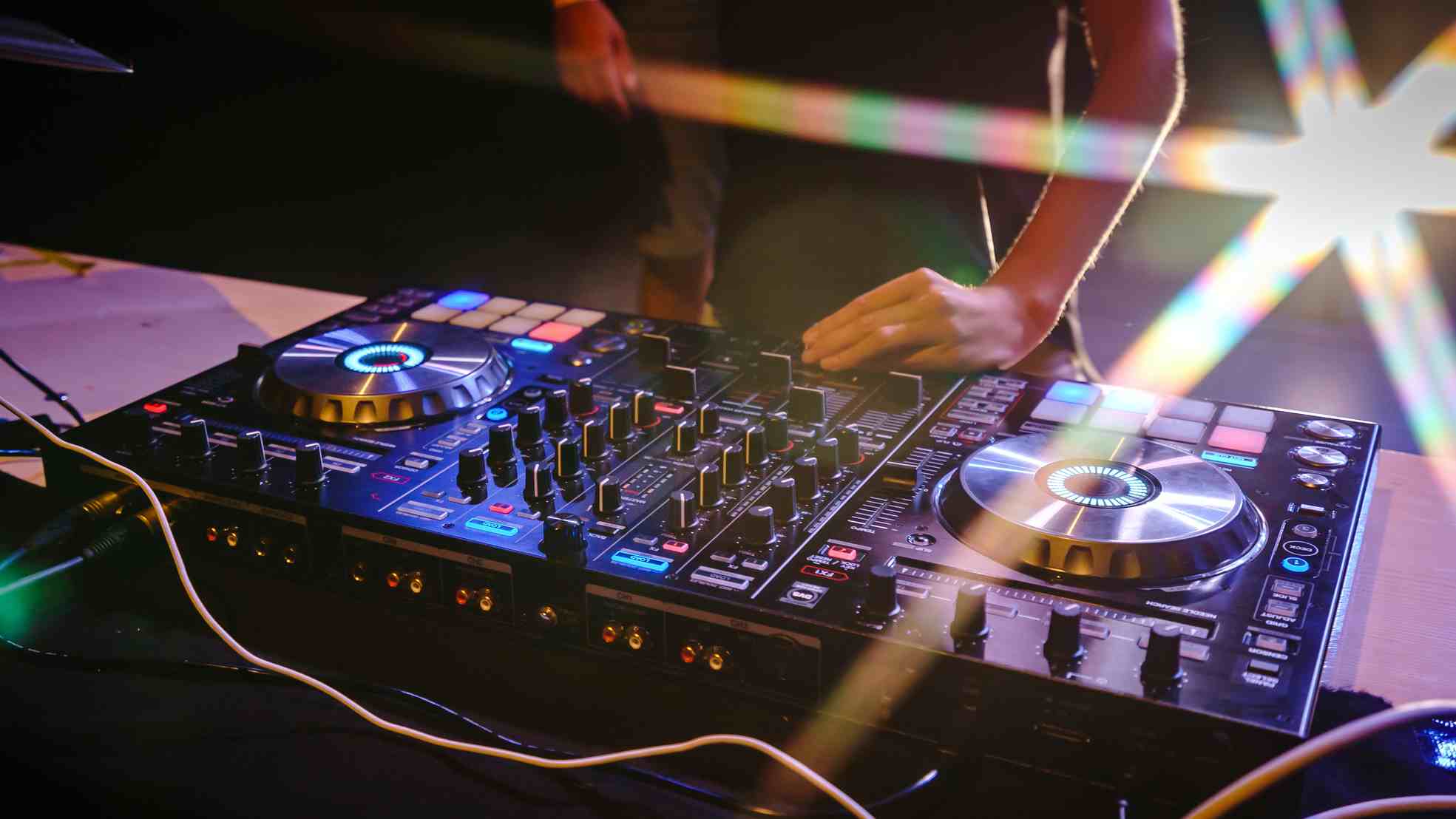
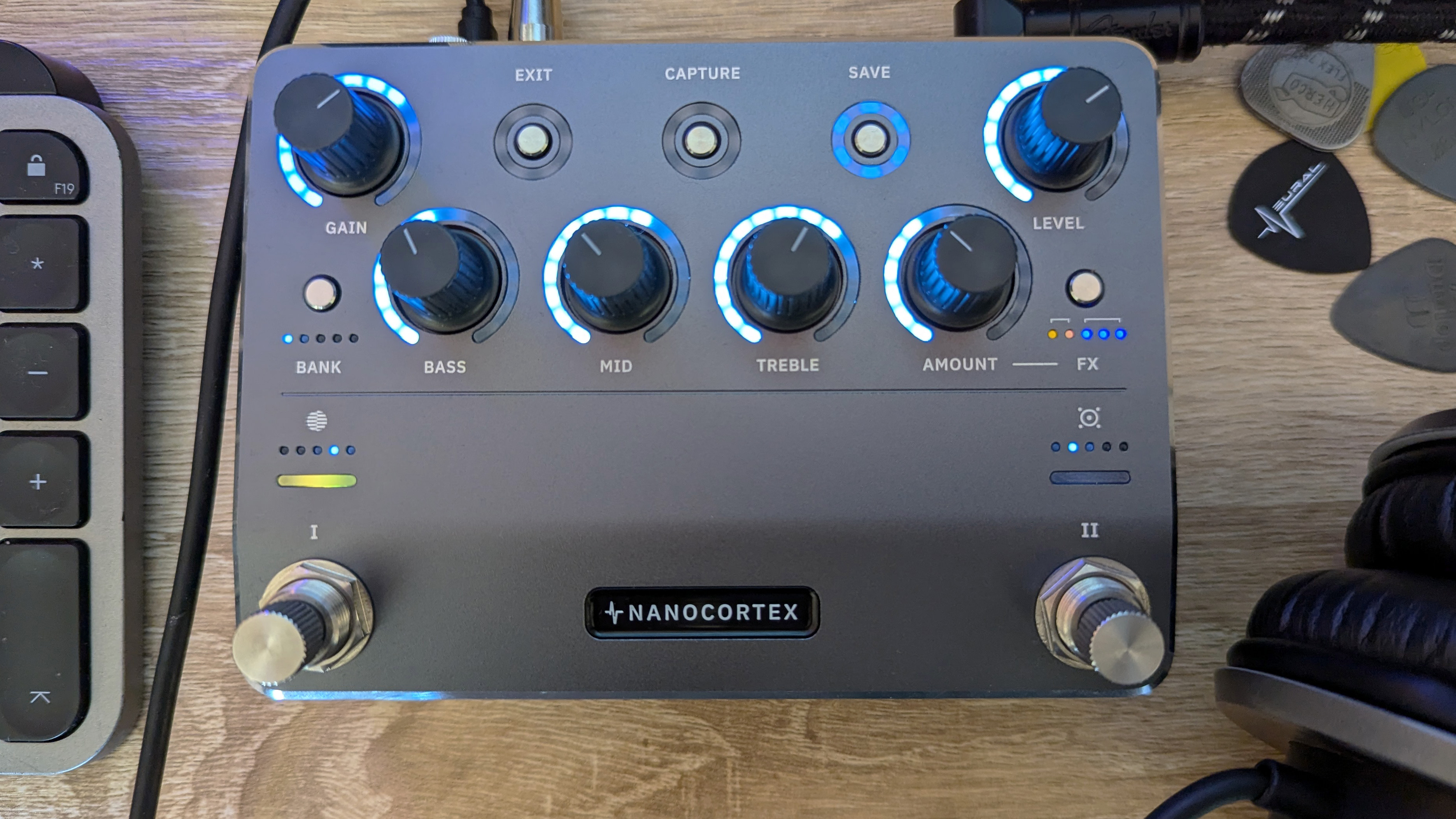
![Gretsch Limited Edition Paisley Penguin [left] and Honey Dipper Resonator: the Penguin dresses the famous singlecut in gold sparkle with a Paisley Pattern graphic, while the 99 per cent aluminium Honey Dipper makes a welcome return to the lineup.](https://cdn.mos.cms.futurecdn.net/BgZycMYFMAgTErT4DdsgbG.jpg)
